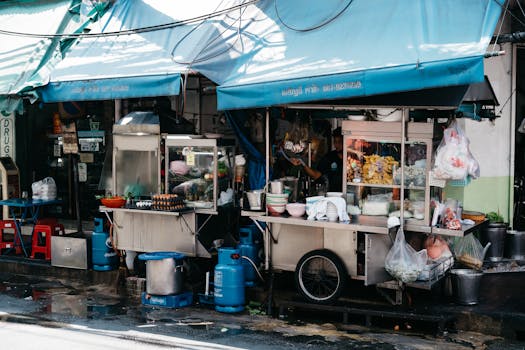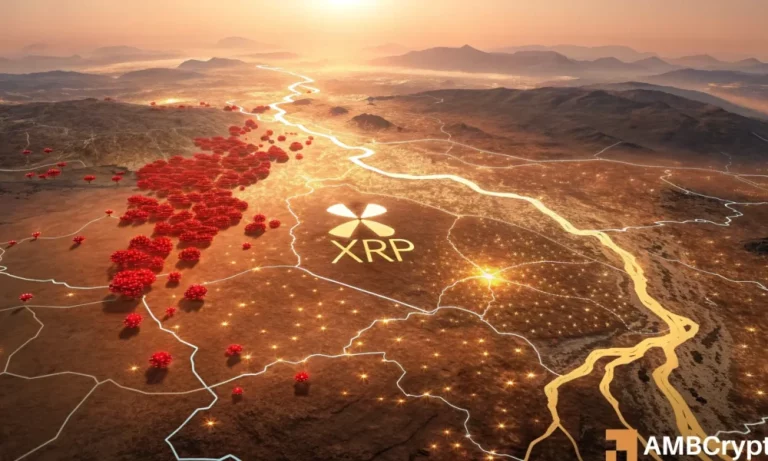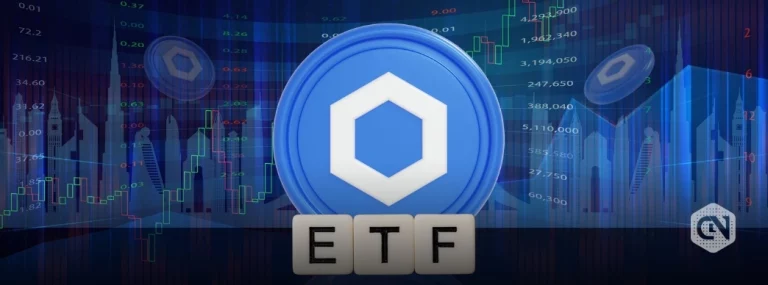
Culinary Adventures: Exploring Europe’s Food Scene in 2025
Culinary Adventures: Exploring Europe’s Food Scene in 2025 is an experience like no other. With its diverse and rich culinary heritage, Europe offers a wide range of flavors and ingredients to explore. From traditional dishes to modern twists, European cuisine is a reflection of the continent’s history, culture, and geography.
Introduction to European Cuisine
European cuisine is a broad term that encompasses the culinary traditions of Europe. It includes a wide range of dishes, from hearty meat stews to delicate seafood dishes, and from sweet pastries to rich chocolates. Each country in Europe has its own unique culinary identity, shaped by its history, culture, and geography.
Culinary Hotspots in Europe
There are many culinary hotspots in Europe, each with its own unique character and specialties. Some of the most famous culinary destinations in Europe include:
- Italy, known for its pasta dishes, pizzas, and rich desserts
- France, famous for its haute cuisine, fine wines, and delicate pastries
- Spain, with its tapas culture, seafood dishes, and rich olive oil
- Greece, with its Mediterranean diet, fresh seafood, and traditional dishes like moussaka and souvlaki
Traditional European Dishes
There are many traditional European dishes that are worth trying. Some of the most popular ones include:
- Pasta carbonara, a rich and creamy pasta dish from Italy
- Coq au vin, a classic French dish made with chicken, mushrooms, and red wine
- Paella, a savory Spanish dish made with rice, seafood, and spices
- Souvlaki, a traditional Greek dish made with grilled meat, served with a side of tangy tzatziki sauce
Modern European Cuisine
Modern European cuisine is a fusion of traditional and contemporary flavors and ingredients. It often incorporates international influences, such as Asian or Latin American flavors, and emphasizes local and seasonal ingredients. Some of the key trends in modern European cuisine include:
- Plant-based cuisine, with a focus on vegetarian and vegan options
- Sustainable and locally sourced ingredients, with a emphasis on reducing food waste
- Experimental and innovative cooking techniques, such as molecular gastronomy
Conclusion
In conclusion, exploring Europe’s food scene in 2025 is a culinary adventure like no other. With its diverse and rich culinary heritage, Europe offers a wide range of flavors and ingredients to discover. From traditional dishes to modern twists, European cuisine is a reflection of the continent’s history, culture, and geography.





